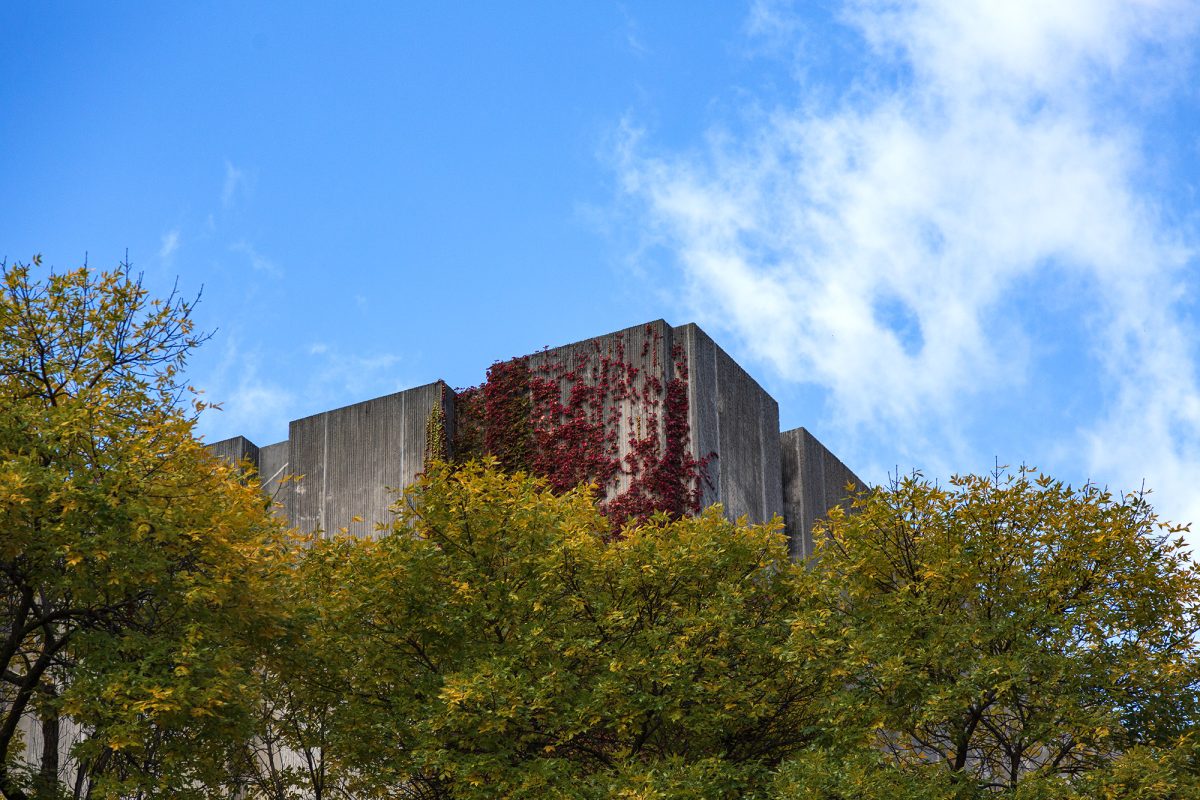Our beloved Botany Pond has been part of the UChicago landscape and student experience for 121 years. First opened to the public in 1903, it was the result of professor John Merle Coulter’s vision of an outdoor research laboratory for students. The pond was designed in collaboration with the Olmsted brothers, whom the University commissioned to design a master plan for the campus landscape.
Year after year, Botany Pond’s beauty has drawn students, faculty, and community members away from their work, off their determined march to Regenstein Library or across Hull Court to their next class, to cross the bridge, stare into the reflecting pool, watch squirrels scurry up the trees, or greet new mallard ducklings in the spring. It is not just an important historical landmark on our campus but integral to our community: it invites us in and reminds us to take breaks, to sit down on its inviting benches and drink in some nature in a largely concrete world.

Restoration of Botany Pond began during autumn quarter 2022, after the University discovered that it was losing 30,000 gallons of water monthly and that water quality issues were impacting its ability to support the plants and animals that inhabited the pond. There was a two-part plan for the restoration: phase one included removing wildlife (the turtles were kept at a turtle spa), draining the pond to assess the structure, and developing restoration recommendations; phase two was the actual restoration work. The work was set to be completed, and the pond reopened, in summer 2023. However, in stage one of the restoration, construction was delayed due to the “unforeseen scope” of the necessary restoration work.
While it is no secret that the University community was frustrated and disappointed by the delays, they were necessary to fulfill the University’s commitment to prioritizing self-sustainability and longevity. The careful consideration of the restoration plans ensured that Botany Pond would best serve the flora and fauna that call it home.
Botany Pond officially reopened to the public October 14. Six feet of mud were removed from the bottom of the pond, the concrete foundations of the bridge were redone, and the leaks were fixed. The redesign, including a natural filtration system that uses varying sizes of rocks and microorganisms to keep sediment buildup to a minimum, is more efficient and requires less maintenance. The new Botany Pond has “spaces designed for ducks, turtles and other wildlife… a ramp for access in and out of the water, which is particularly important for ducklings; and fish habitat and terrestrial areas strategically located with specific plantings.”
As the University community may have noticed, more will be done. Reestablishing the ecosystem will happen in stages. Professor emeritus Michael LaBarbera, one of several faculty members who advised the restoration, reported to UChicago News on October 17 that “the next steps will include adding mud and zooplankton—free-swimming, microscopic animals like rotifers, water fleas and copepods.” Next year we can expect the native fish and turtles to be reintroduced. The two female mallards who have called Botany Pond home since 2017—adorably named Honey and Dorothy—will hopefully return to raise their ducklings this coming spring.
When I visited to take these photographs, I met Renate Fernandez. A longtime University associate and community member, Renate has a Ph.D. in Anthropology and is the wife of professor emeritus James Fernandez. I found her strolling across the bridge, examining the deep purple geraniums still in bloom. She took a seat on the concrete memorial bench and enjoyed the silence. When I asked her what she loved most about the Botany Pond, she told me, “Well, that it’s a place of contemplation, don’t you think?”
For the Class of 2025, who got to experience the Botany Pond during our first year before it closed for restoration, the reopening of the Botany Pond feels like the perfect bookend to our undergraduate careers. Classes of 2026–28, I encourage you to visit the pond on all those walks to and from Regenstein and the quad. Take a look at our historic ginkgo tree and rare azaleas. Watch the leaves flutter down from the trees and the water ripple across the reflecting pool.
Take some time away from the college hustle and bustle. Take some time to contemplate.









